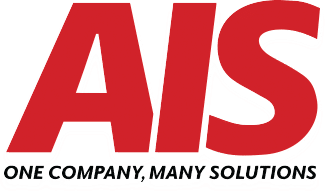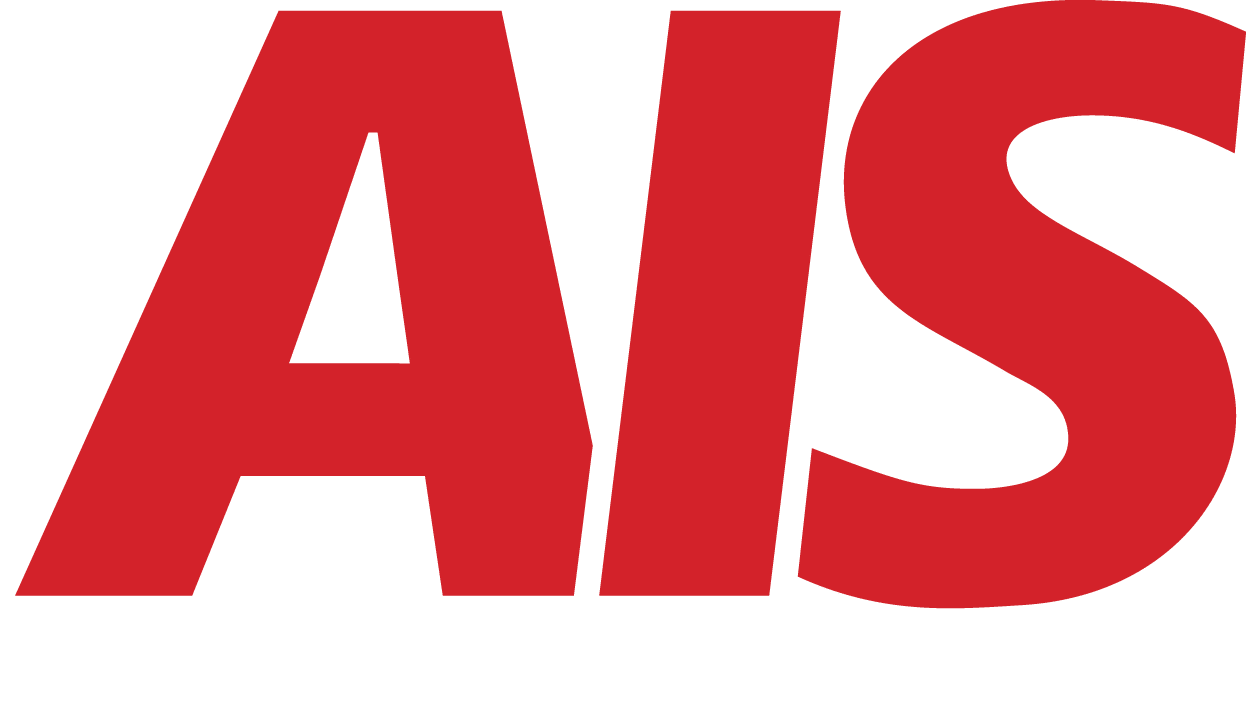How Long Should It Take to Onboard a New Managed Service Provider (MSP)?
August 13th, 2025 | 4 min. read

Switching to a new managed service provider is a big decision for any business. The onboarding process (the time it takes for your new MSP to take full responsibility for your IT environment) sets the tone for your entire partnership.
If the onboarding process is smooth, you will start seeing the benefits of proactive IT management quickly.
If it is slow or disorganized, it can create frustration, downtime, and even security gaps. So, how long should it take to get your new MSP fully onboarded?
Why Onboarding Matters When Choosing an MSP
The Role of Onboarding in Long-Term Success
Onboarding is more than just setting up accounts and monitoring tools. It involves transferring knowledge, documenting your systems, and aligning on how your IT will be supported.
A thorough onboarding builds trust and ensures the MSP understands your business needs.
Risks of Rushed or Incomplete Onboarding
Cutting corners during onboarding can lead to missing documentation, incomplete security settings, and miscommunication between your team and the MSP. This can cause issues months later when problems arise.
The Typical MSP Onboarding Timeline
Average Time Frames for Small to Medium Businesses
For most small and medium-sized businesses, onboarding a new MSP takes around 30 to 90 days. The exact timeline depends on the complexity of your network, the responsiveness of both teams, the scope of services, and the quality of the MSP.
What a 30-, 60-, and 90-Day Process Looks Like
- 30 days: Possible for small organizations with simple IT environments and excellent documentation from the previous provider.
- 60 days: Common for most SMBs with a moderate number of devices, applications, and compliance requirements.
- 90 days: Typical for larger companies, multi-site organizations, or businesses with complex security and compliance needs.
Key Steps in MSP Onboarding
Discovery and Documentation
Your MSP will gather information about your current systems, vendors, software licenses, and security policies. This includes network diagrams, server configurations, and lists of users and devices.
Network Assessment and Security Review
A complete network scan identifies vulnerabilities, outdated equipment, and performance bottlenecks. The MSP will also review firewall rules, antivirus settings, and backup processes.
Tool and Software Setup
This step includes installing remote monitoring and management (RMM) tools, help desk ticketing software, and endpoint security systems.
User Account and Device Configuration
Your MSP will configure user accounts, permissions, and devices to align with security policies. They will also set up workflows for onboarding and offboarding employees.
Employee Orientation and Training
Your team will be introduced to the MSP’s support process, including how to submit tickets, request service, and contact the help desk.
Factors That Affect How Long Onboarding Takes
Business Size and Number of Locations
A single-office business with 15 employees will onboard faster than a company with multiple branches and hundreds of users.
Network Complexity and Security Requirements
Businesses in regulated industries or with complex infrastructure will require more time for compliance checks and security configurations.
Existing Documentation and IT History
If your previous provider left detailed documentation, onboarding will be faster. If your new MSP has to rebuild network diagrams and asset lists from scratch, expect more time.
Vendor Communication and Responsiveness
When your current IT provider is cooperative, data transfer is faster. Unresponsive or uncooperative vendors can delay the process.
How to Speed Up MSP Onboarding Without Cutting Corners
Assign an Internal Point of Contact
Designate one person in your organization to coordinate with the MSP. This avoids delays caused by multiple points of contact and conflicting information.
Provide Complete and Accurate Information Early
Share network diagrams, software lists, and vendor contacts as soon as possible. The more your MSP knows upfront, the faster they can act.
Involve Key Staff in the Process
Your department heads can provide insights into critical applications, workflows, and priorities. This ensures the MSP focuses on what matters most to your business.
Signs Your MSP Onboarding Is Going Well
Clear Communication and Progress Updates
Your MSP should share a project plan, regular updates, and any changes to the timeline. You should always know the current stage of the onboarding process and what comes next.
No Major Gaps in Coverage During the Transition
Even if the MSP is not fully onboarded, you should have basic IT support in place from day one to handle urgent issues.
Red Flags During MSP Onboarding
Missed Deadlines Without Explanation
Delays can happen, but your MSP should be transparent about the reasons and the new timeline.
Lack of Documentation or Transparency
If the MSP cannot show you the documentation they are building for your network, that is a warning sign. Good documentation is essential for ongoing support.
Onboarding a New Managed Service Provider: Final Recommendations
The right MSP will balance speed with thoroughness. While you may want onboarding to be as quick as possible, skipping essential steps can cause bigger problems later.
A realistic timeline of 30 to 90 days is standard, with smaller businesses on the shorter end and complex organizations on the longer end.
At AIS, we work with businesses in Las Vegas and Southern California to make MSP onboarding smooth, predictable, and secure. To learn more about our process, make sure to reach out to us today!
A true southerner from Atlanta, Georgia, Marissa has always had a strong passion for writing and storytelling. She moved out west in 2018 where she became an expert on all things business technology-related as the Content Producer at AIS. Coupled with her knowledge of SEO best practices, she's been integral in catapulting AIS to the digital forefront of the industry. In her free time, she enjoys sipping wine and hanging out with her rescue-dog, WIllow. Basically, she loves wine and dogs, but not whiny dogs.
Topics:


